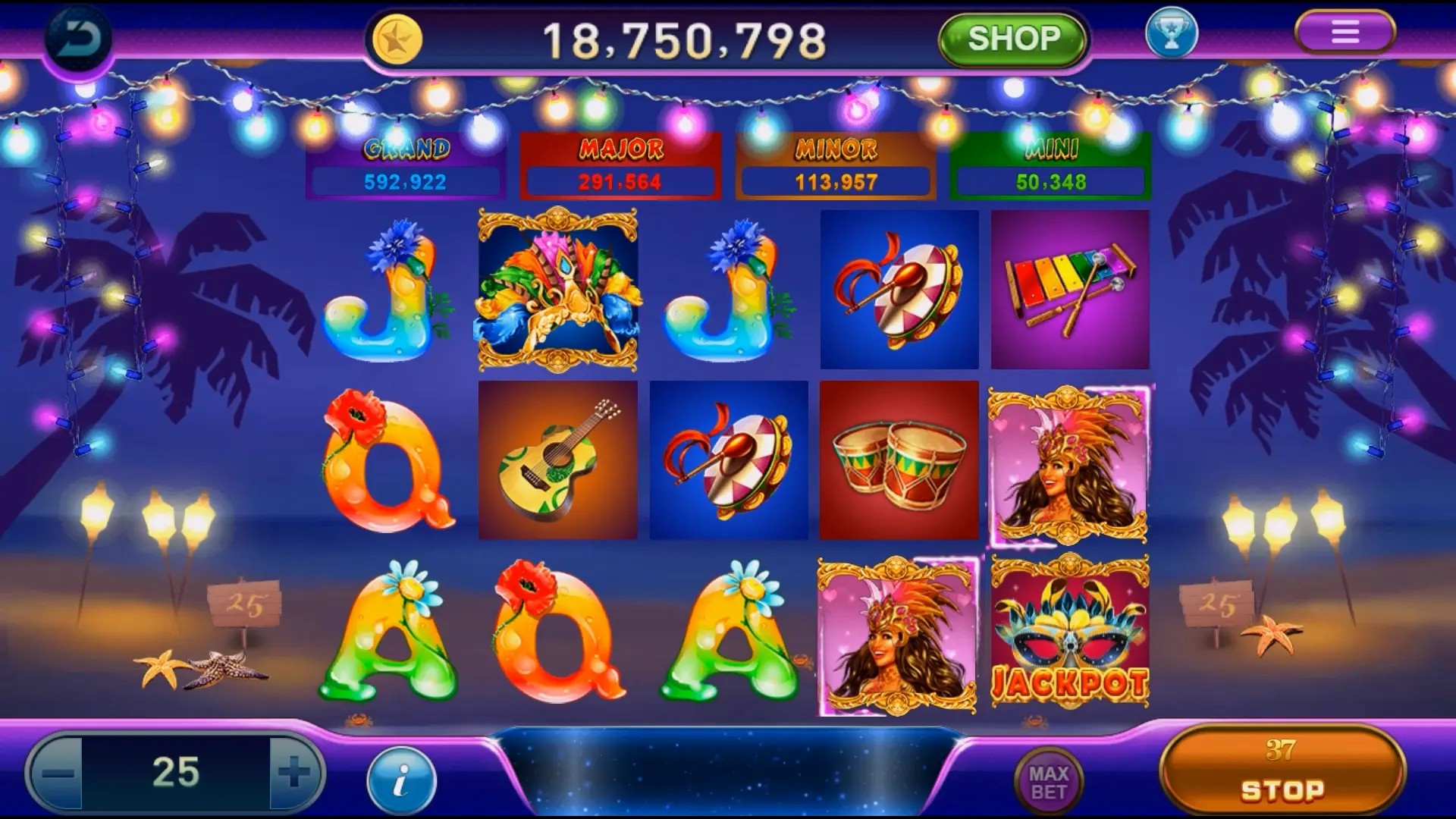Why Idle Games Are Taking the Gaming World by Storm: A Deep Dive into Their Unmatched Appeal
The world of gaming is vast, yet few genres have catapulted into the spotlight quite like idle games. Often dismissed as simple timewasters, these games have captured the attention of millions and transformed how people engage with gaming. In this article, we'll explore why these unpretentious games have become so popular while considering their addictive mechanics and undeniable appeal.
The Essence of Idle Games
At their core, idle games, also known as incremental games or clicker games, allow players to progress even when they aren't actively engaging with the game. This unique attribute radically changes the gaming experience. Players can upgrade features, collect resources, and achieve new milestones without constant interaction. This means you can enjoy the game even when you’ve put down your device, making it perfect for our busy lives!
A Closer Look: How Do Idle Games Work?
Idle games typically revolve around mechanics that focus on a central task — whether it's harvesting resources, managing a virtual farm, or leading a civilization. Take a popular game like “Clicker Heroes" as an example; players click to generate gold, which they can then use to hire heroes that generate gold for them over time. Some key mechanics include:
- Automation: Players can unlock upgrades that automate resource gathering.
- Progression: The reward system keeps players engaged as they unlock new content.
- Prestige Systems: This allows players to reset their progress for significant rewards, adding depth to the gameplay.
Why Are Idle Games So Addictive?
There’s a certain thrill in watching numbers go up, right? People's inherent nature to see progression directly feeds into the design of idle games. The satisfaction derived from accumulating resources or leveling up is compelling. Idle games often utilize psychological triggers such as:
- Instant Gratification: Players see results almost immediately.
- Goal Orientation: Defined objectives keep players returning for more.
- Social Competition: Many idle games incorporate leaderboards, making it competitive.
From Clash of Clans to Idle Games
Interestingly, traditional games like "Clash of Clans" have also integrated idle mechanics, particularly in their builder base layouts. The clash of clans builder base 7 layout offers an excellent example of this hybrid style. Players can develop their base even when away from the game, thus retaining engagement through casual gameplay. This illustrates how idle elements can blend into larger gaming experiences, making them more appealing.
The Appeal to Casual Gamers
One of the foremost reasons for the rampant success of idle games lies in their accessibility. Casual gamers, those who enjoy low-pressure gaming experiences, tend to gravitate toward idle games due to their minimal time commitment. You can easily fit sessions into a busy day without feeling overwhelmed. For example, you can simply check in on your game while waiting for a bus or during a coffee break.
Unblocked Games: A Gateway to Idle Fun
In the realm of browser games, options like unblocked games g plus survival race demonstrate how idle mechanics can find varied expressions even in simple formats. This makes idle games more widely accessible across different platforms, increasing their reach and installation. You can enjoy countless idle games during school hours or at work, providing a little escape during tedious tasks.
| Type of Game | Key Features | Examples |
|---|---|---|
| Classic Idle Games | Simple mechanic, slow-paced | Cookie Clicker, Adventure Capitalist |
| Hybrid Games | Idle plus active gameplay | Clash of Clans, Grow Castle |
| Browser-Based | Accessible anywhere, casual | Unblocked games, browser clickers |
Final Thoughts: The Future of Idle Games
As we investigate the realm of idle games, it’s clear that they’ve carved out an indispensable space in modern gaming culture. Their blend of simplicity, satisfaction, and accessibility has not only attracted casual players but also a dedicated fanbase that appreciates the strategic layers many of these games offer.
In conclusion, idle games have proven they are here to stay, constantly evolving and adapting to meet the cravings of an impatient yet dedicated gaming community. With technologies advancing and more game developers recognizing their potential, who knows what the future holds for this uniquely engaging genre? Just remember to keep checking back in — those numbers won't climb themselves!



